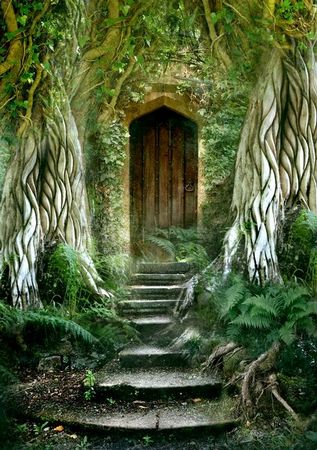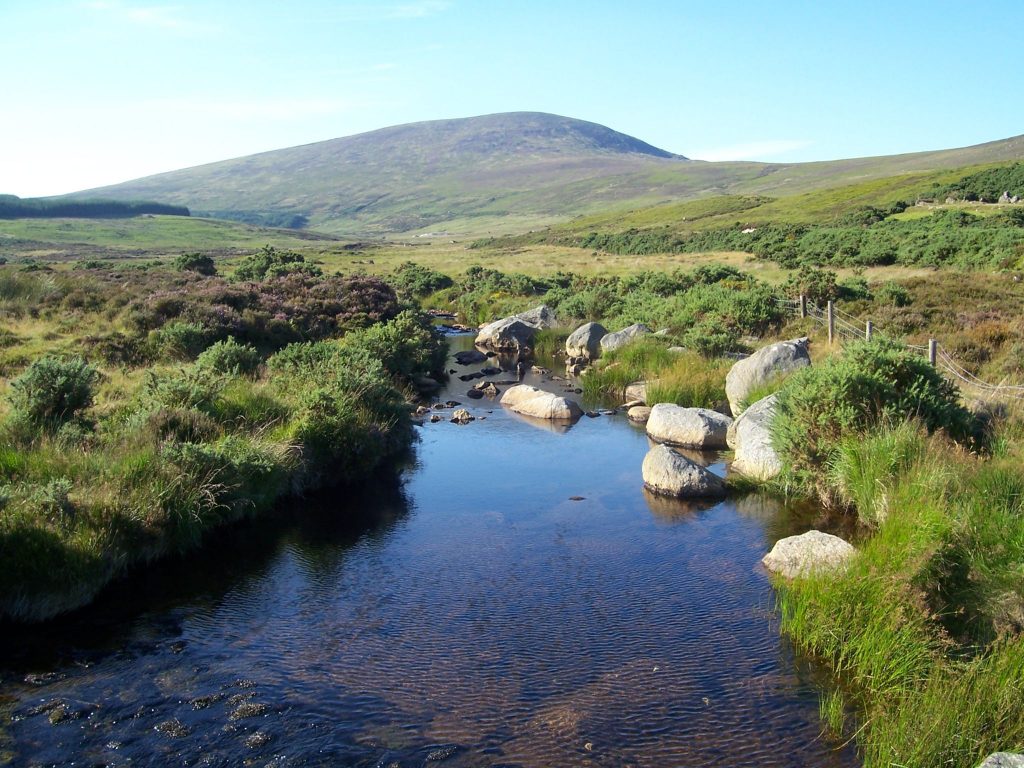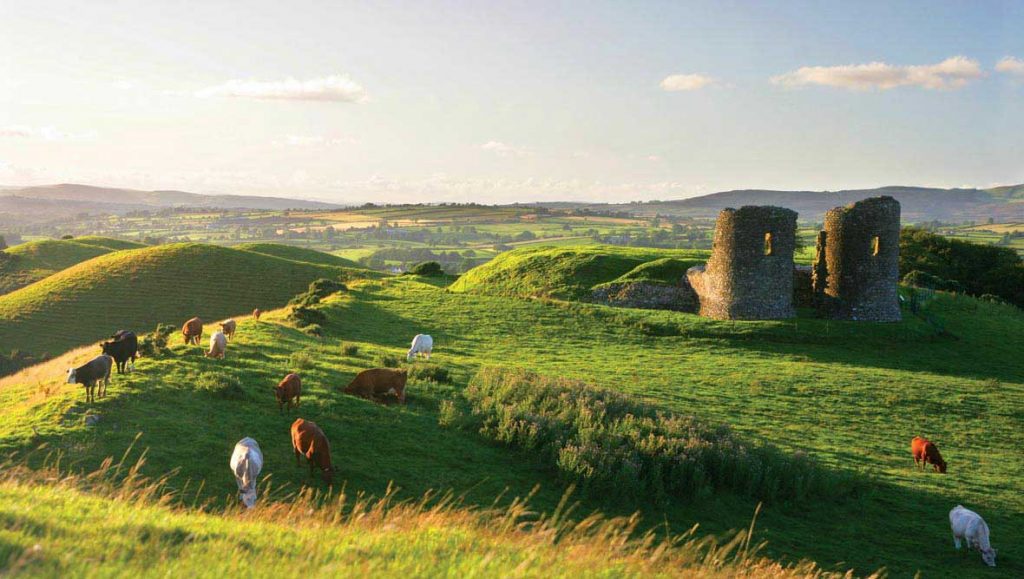Raymond Lam

In July 2015, I wrote a book review of Laurence Cox’s Buddhism in Ireland: From the Celts to the Counter-Culture and Beyond. “Celtishness” has fascinated European and global culture, from influences in Sir Gawain and the Green Knight to historical accounts of sacred places like Lindisfarne. There is an earthly, grassy, hearty beauty about everything Celtic, including contemporary Celtic Christianity. From what little I know, there was no formal institution that could call itself the Celtic Church, although the term historically denotes the beliefs of the early Christians of Britain and Ireland. It flourished from the 5th to 7th century, lasting until the 11th as an intellectual force.
The vastness and openness of the Scottish highlands, the windswept fields of Ireland, and the shimmering Welsh coast have lent the amorphous idea of Celtic spirituality some consistency, in self-understanding if not in formal doctrine. Celtic Christianity invokes romantic ties to the natural landscape that transcend the old pagan ways and a creative articulation of spiritual and artistic expressions unique to Ireland, Scotland, and Wales. And there are two persistent affinities with Buddhism: love of the monastic way of life, from Saint Cuthbert to Saint Finnian of Clonard, and love of nature.

This creativity is as fertile and fecund as the tradition’s deep love of natural landscapes, reminders of the world’s beauty. It resonates with the Buddhist reverence for nature. In recent years, Zen Master Thich Nhat Hanh’s writing, especially books like Touching the Earth, has shifted into a more naturalistic view of the world, often placing Mother Nature as a power suffused by the Buddha’s enlightened nature, the physical expression of Dharma, the highest power.

Soon, our blog will be featuring writing that discerns the bonds between Buddhism and the heritage of Celtic Christianity in a theologically informed way. It will explore philosophy, ethics, poetry, and art, bringing together perspectives and people in a spirit of comparative theology and interfaith dialogue. We’ll be examining affinities and windows into each other’s traditions, Celtic Christians eager to build bridges with Buddhism, and Buddhists who want to reach out to their Celtic heritage.
Keep a lookout for this new series of dialogue on Tea House and I hope you join us on this exhilarating journey.

Do you have a Twitter feed on which updates will be announced?
Me: @clfh47
Hi Christopher, absolutely. Please follow us @Buddhistdoor for the coming updates.